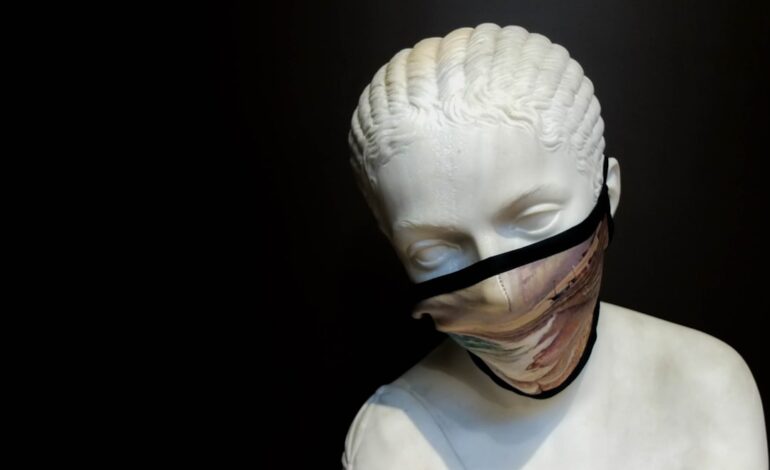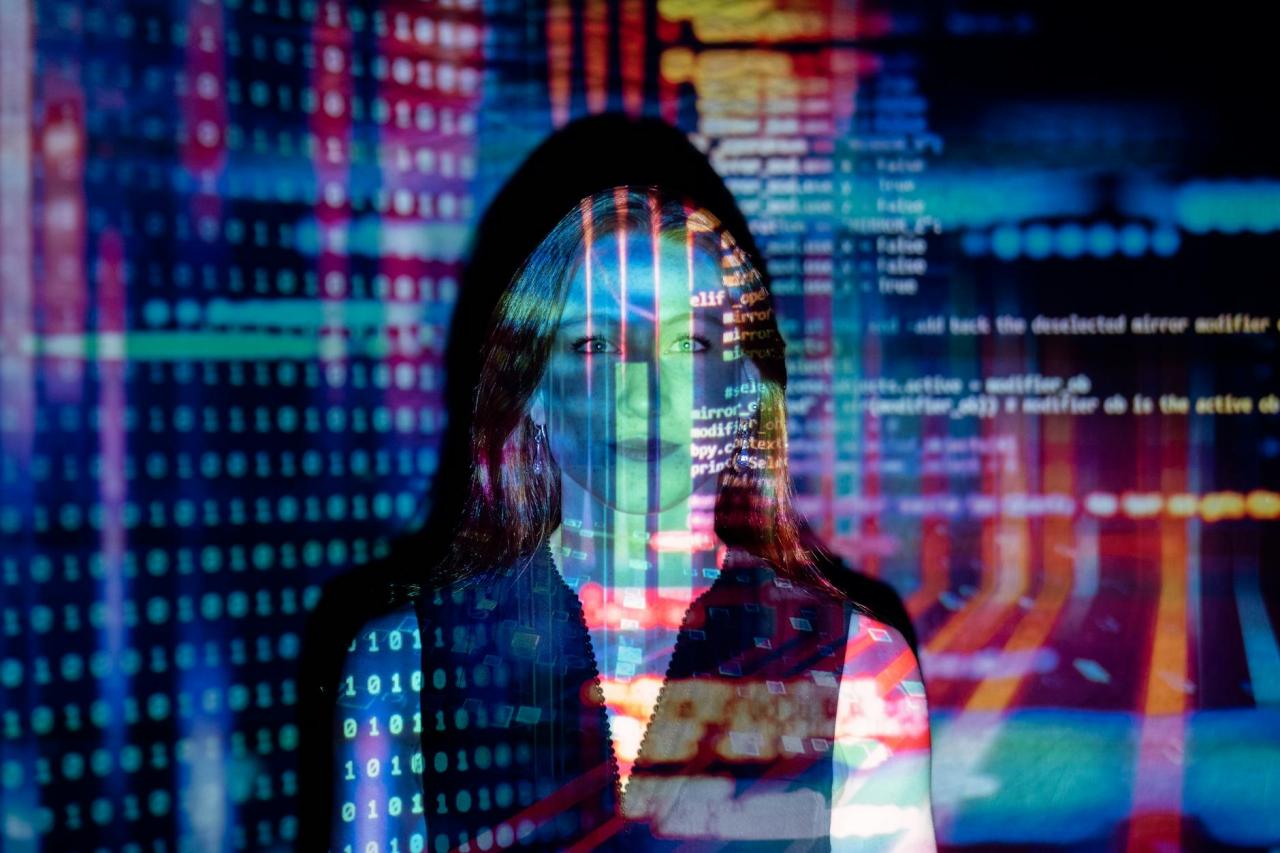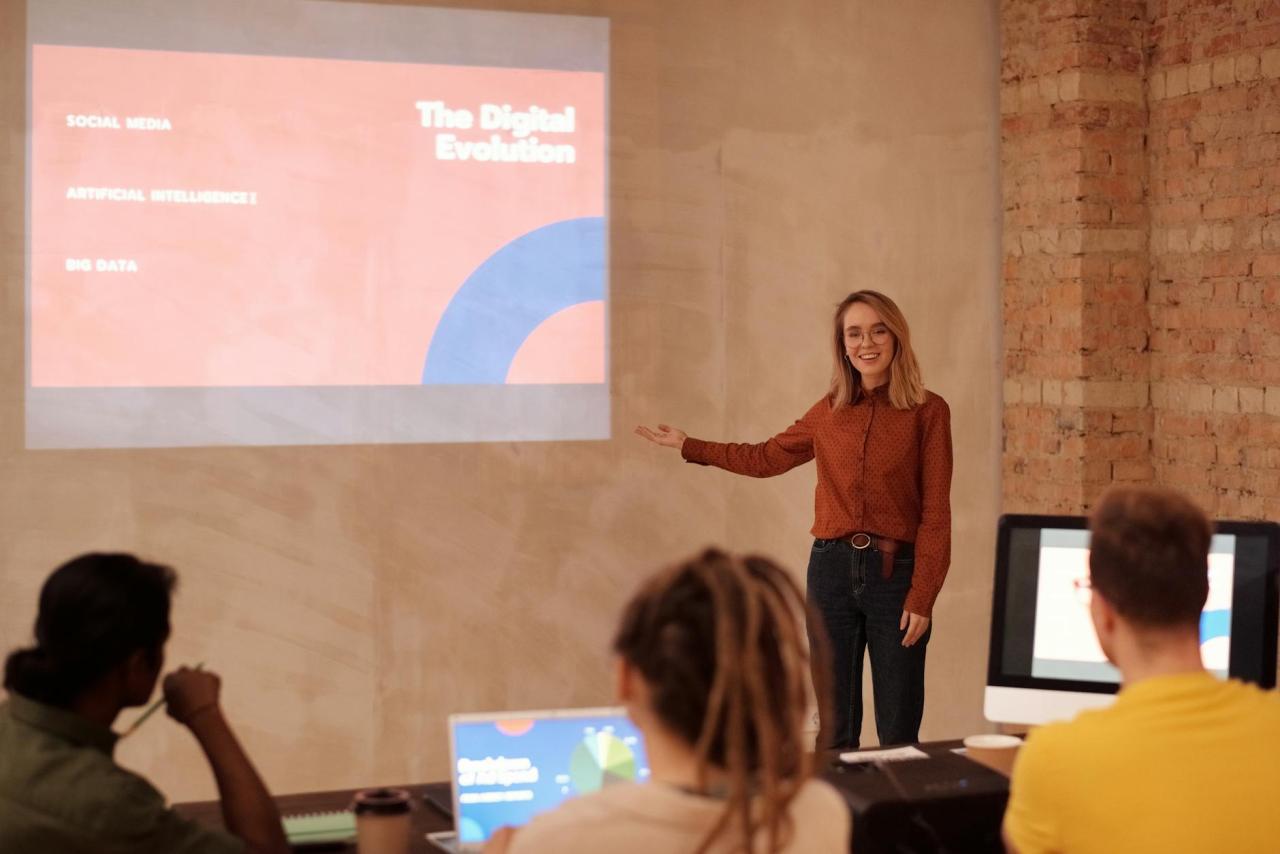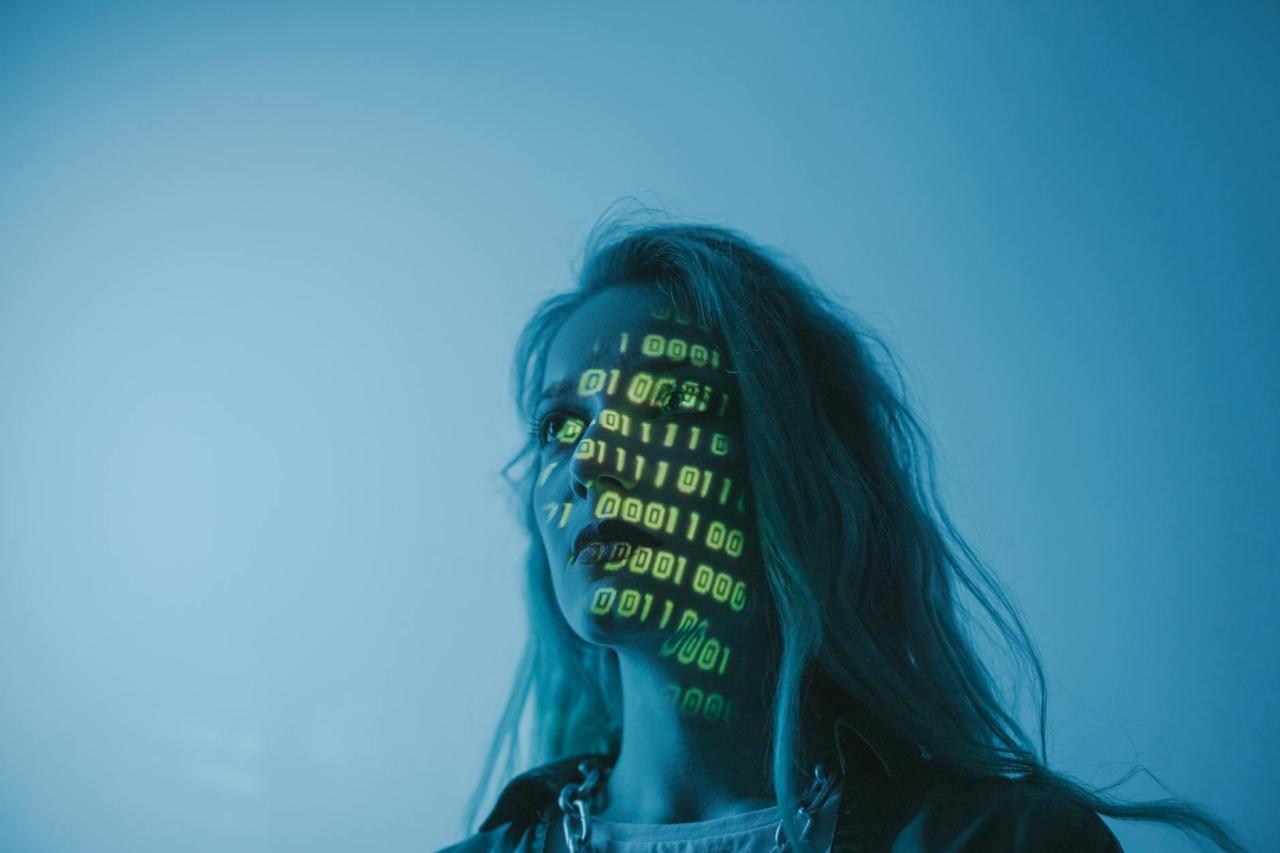From pixels to Prada: The unstoppable rise of digital fashion influencers

Meet the new faces of fashion. They’re flawless, they’re everywhere, and they don’t exist.
Picture the perfect fashion influencer. They have a unique style, millions of devoted followers, and collaborations with the biggest brands on the planet. They attend exclusive events, drop hit music, and even champion social causes. Now, what if we told you this influencer was created entirely from pixels and code? Welcome to the fascinating, and rapidly expanding, world of **digital fashion influencers**.

Once a niche concept straight out of science fiction, these computer-generated-imagery (CGI) personalities have broken into the mainstream, becoming powerful players in the multi-trillion-dollar fashion and beauty industries. They are more than just avatars; they are meticulously crafted characters with backstories, personalities, and an undeniable influence on our feeds. So, who are these virtual stars, and how are they so successfully reshaping the landscape of style? Let’s dive into the new digital reality of fashion.
The pioneers: Get to know the virtual style elite
While the number of virtual influencers is growing daily, a few key figures paved the way, proving that a digital persona could captivate a global audience. These are the names you need to know.
Lil Miquela: The OG of digital influence

If you’ve heard of any virtual influencer, it’s likely Miquela Sousa, better known as **Lil Miquela**. Created in 2016 by the LA-based startup Brud, Miquela is the quintessential Gen Z It Girl. With her signature space buns, freckles, and an edgy wardrobe that mixes high-end labels with streetwear, she quickly amassed millions of followers on Instagram.
But Miquela is more than just a digital mannequin. Her creators gave her a rich narrative. She has friends and rivals (who are also virtual), she has released songs on Spotify, and she has used her platform to support causes like Black Lives Matter. Her “life” is a masterclass in digital storytelling. This has attracted major brands, leading to campaigns with everyone from Prada and Chanel to Calvin Klein, where she famously shared an on-screen kiss with model Bella Hadid. Miquela proved that an audience could form a genuine emotional connection with a character they know isn’t real.
Shudu Gram: The world’s first digital supermodel
Where Miquela is a stylized character, Shudu Gram is a beacon of hyper-realism. Created by British photographer Cameron-James Wilson, Shudu was conceived as a piece of art, an exploration of beauty through digital media. Her flawless dark skin and striking features are so lifelike that many initially believed she was a real person.
Shudu gained international fame when Fenty Beauty reposted an image of her wearing one of their lipsticks. Since then, she has been featured in Vogue and has fronted campaigns for the luxury brand Balmain. Shudu’s existence has sparked important conversations about diversity and representation in the modeling industry. While some praise her as a celebration of Black beauty, others question the ethics of a white man creating a Black digital model instead of hiring a real one. Regardless of the debate, Shudu cemented the potential for CGI models in high-fashion.
Imma.gram: Tokyo’s virtual fashionista
With her vibrant pink bob and impeccably curated style, Imma is a star in the Japanese fashion scene. Produced by the company Aww Inc., Imma’s defining feature is how seamlessly she is blended into real-world photographs and videos. You’ll see her sitting in a real café, walking the streets of Tokyo, or posing with human celebrities, making the line between reality and digital artistry incredibly blurry.
Her name, which plays on the Japanese word “ima” (meaning “now”), reflects her modern appeal. She has partnered with brands like Porsche Japan, Adidas, and IKEA, and even appeared in the closing ceremony of the Tokyo Paralympics. Imma represents the global appeal of digital influencers and their ability to integrate into local cultures and trends.
Why are brands falling in love with CGI influencers?
The rise of these digital stars isn’t just a novelty; it’s a strategic business decision for many brands. Virtual influencers offer a unique set of advantages that their human counterparts simply can’t match.
1. Unparalleled creative control

Imagine a photoshoot with no limitations. With a digital influencer, brands have complete control over every single detail. The lighting is always perfect, the pose is exactly as envisioned, and the location can be anywhere from the surface of Mars to the bottom of the ocean. There are no bad hair days, no travel logistics, and no scheduling conflicts. This level of control allows for a flawless execution of a brand’s creative vision, free from the unpredictable variables of the physical world.
2. A native gateway to the metaverse
As fashion takes its first bold steps into the **metaverse**, NFTs, and digital clothing, virtual influencers are the perfect guides. They are, by their very nature, natives of the digital realm. It feels completely natural for Lil Miquela to wear a digital-only dress from a brand like The Fabricant or to host an event in a virtual world. They provide an authentic bridge for brands looking to connect with a digitally-savvy audience and explore new, immersive marketing frontiers.
3. A 24/7 global ambassador
A digital influencer can be in multiple places at once. They can star in a campaign launch in New York in the morning and attend a virtual fan meetup in Seoul in the evening. They never sleep, never get tired, and are always perfectly on-brand. This global accessibility and tireless work ethic make them an incredibly efficient and powerful marketing asset for international brands aiming for worldwide reach.
4. Avoiding human error and scandal
In today’s highly scrutinized social media landscape, human influencers can be a liability. An old, problematic tweet can resurface, or a personal scandal can tarnish a brand’s reputation by association. Digital influencers are immune to this. Their opinions, actions, and entire history are carefully scripted by a team, ensuring they remain uncontroversial and perfectly aligned with a brand’s values. They are, in essence, scandal-proof.
The authenticity debate: Can a pixel be relatable?
One of the biggest questions surrounding virtual influencers is about authenticity. How can an audience connect with someone who isn’t real? The truth is, the notion of “authenticity” on social media has always been complex. Human influencers already present a highly curated, edited, and often sponsored version of their lives. We see the perfect brunch, not the messy kitchen.
Digital influencers simply take this one step further. Their creators build connection not through real-life experience, but through compelling storytelling. Their followers become invested in their virtual relationships, their challenges, and their triumphs. For younger generations like Gen Z, who have grown up with gaming avatars and online personas, the line between a physical and digital identity is already blurred. They don’t necessarily need an influencer to be “real” to be relatable; they just need them to be interesting.
The future is virtual: What’s next for fashion and AI models?
The rise of digital influencers isn’t a fleeting trend; it’s a sign of a fundamental shift in how we interact with media, marketing, and fashion itself.
A more sustainable runway?
One of the most exciting possibilities is the potential for improved sustainability. Traditional fashion campaigns require immense resources: flying large crews across the globe, shipping physical clothing samples, and building elaborate sets. A virtual photoshoot has a dramatically smaller carbon footprint. By showcasing digital garments on CGI models, brands can create stunning campaigns with zero material waste, offering a glimpse into a more eco-conscious future for fashion marketing.
Hyper-personalization and deeper immersion
As AI technology advances, we may see the emergence of dynamic virtual influencers who can interact with users on a one-on-one basis, personalizing their style and conversation. Imagine a brand’s AI model acting as your personal shopper, offering style advice tailored specifically to your tastes. The integration of augmented reality (AR) will also allow us to “invite” these influencers into our own homes, further blurring the lines between the digital and physical worlds.
A new era of coexistence
So, will CGI models replace human models entirely? The answer is almost certainly no. Instead, we are entering an era of coexistence. Human models and influencers will always offer a level of tangible, human connection and raw emotion that is difficult to replicate. The future of fashion will likely feature a hybrid approach, where human and digital personalities work side-by-side. Brands will choose the right face for the right campaign—a human for a story about authentic experience, and a digital one for a campaign about boundless imagination.
Welcome to the new fashion frontier
Digital fashion influencers are more than just a technological marvel; they are a reflection of our increasingly digital lives. They challenge our ideas of reality, identity, and influence. Whether you see them as a creative art form, a powerful marketing tool, or a strange new phenomenon, one thing is clear: they are here to stay. As we stand on the brink of Web3 and the metaverse, the pixelated pioneers like Miquela and Shudu are not just modeling clothes; they are modeling the future of fashion itself.




